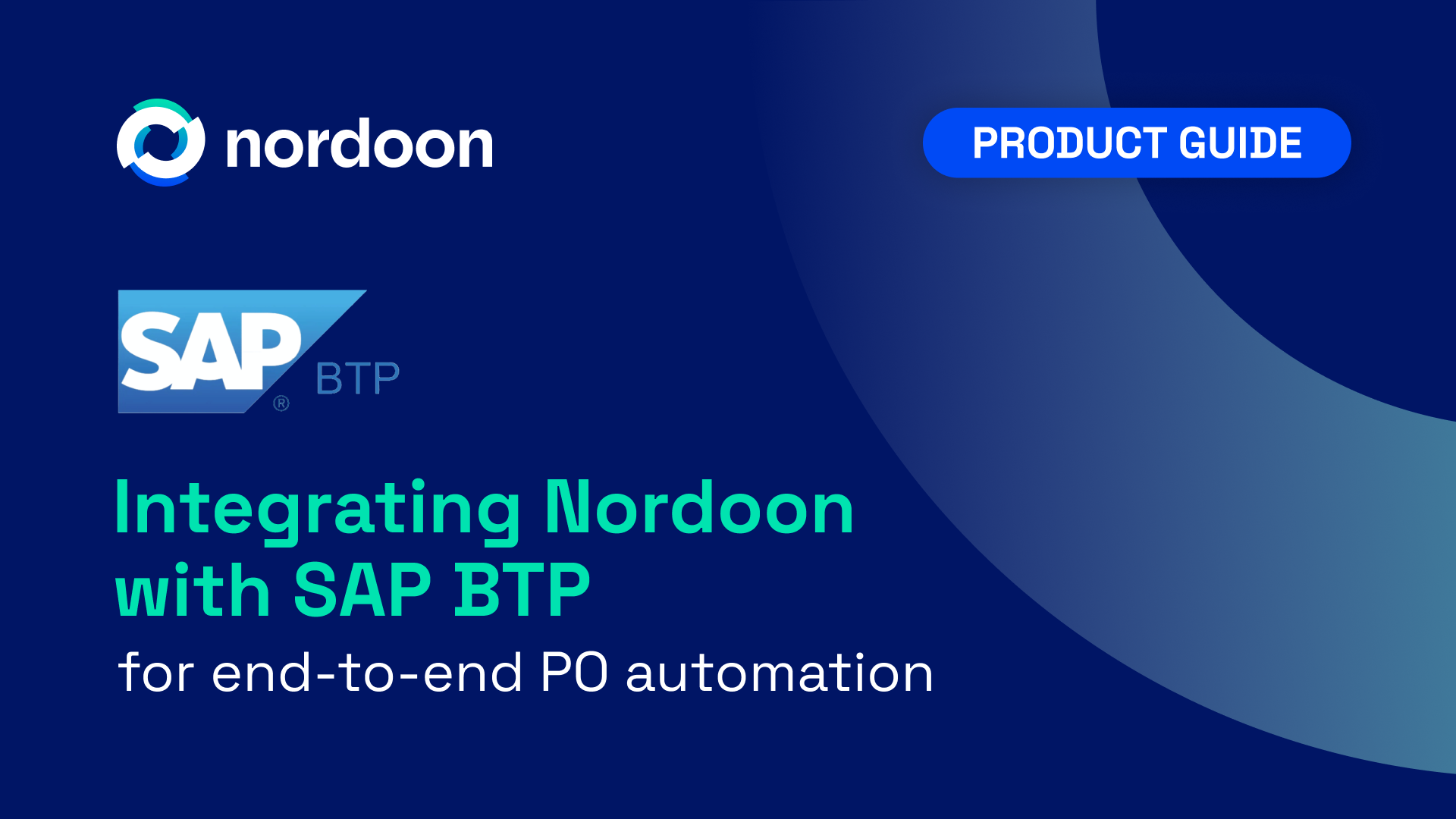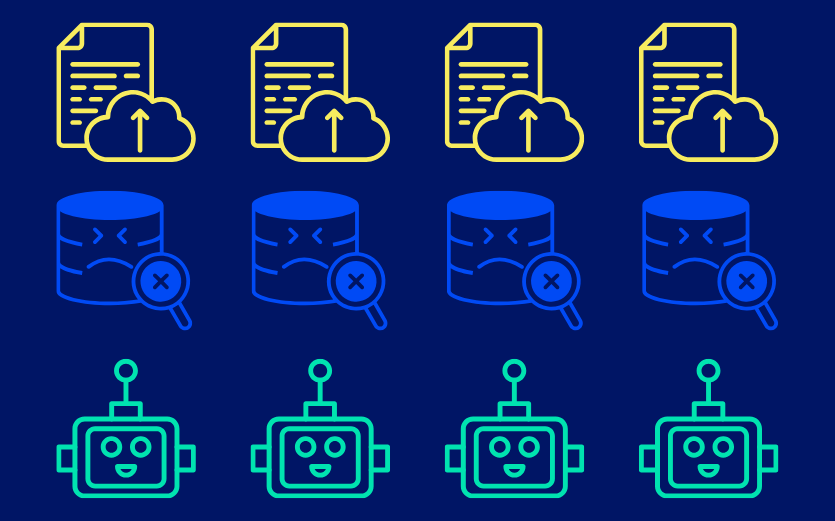The AI agent hype cycle: why overpromising hurts real innovation
This article examines the AI agent hype cycle and how exaggerated expectations – either for instant automation or total skepticism – are stalling adoption. Drawing on enterprise implementations in supply chain workflows, it makes the case for incremental wins, domain-specific AI agents, and real-world context as the foundation for scalable, AI-driven transformation.

.png)












